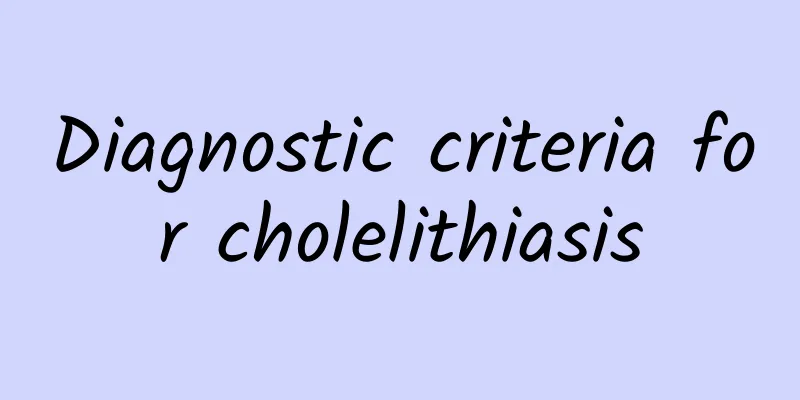What causes myofasciitis of the foot

|
Myofasciitis is a common soft tissue inflammation that is usually caused by muscle overuse, poor posture or trauma, resulting in pain and discomfort in the feet. Treatment includes rest, physical therapy and medication. 1. Genetic factors Myofasciitis may be related to genetics, and people with a family history of similar diseases are more likely to suffer from the disease. Genetic factors may lead to structural abnormalities of muscles and fascia, increasing the risk of inflammation. For people with a family history, it is recommended to check regularly and pay attention to foot health. 2. Environmental factors Standing or walking for long periods of time or wearing inappropriate shoes can increase the burden on the feet and lead to myofasciitis. A cold and humid environment may also induce inflammation. It is recommended to choose comfortable shoes, avoid maintaining the same posture for long periods of time, and keep your feet warm. 3. Physiological factors Ageing, weight gain, or lack of muscle strength can put more strain on your feet and increase your risk of myofasciitis. Proper exercise and weight management can help reduce stress on your feet. Low-impact exercise, such as swimming or yoga, is recommended to strengthen your muscles. 4. Trauma A blow, sprain, or strain to the foot can be a direct result of myofasciitis. Apply cold compresses and rest immediately after the injury to prevent further damage. If pain persists, see a doctor. 5. Pathological factors Certain diseases, such as arthritis or diabetes, may cause or worsen myofasciitis. Controlling the underlying disease is the key to prevention and treatment. Regular physical examinations are recommended to detect and treat related diseases in a timely manner. Treatment 1. Drug treatment Nonsteroidal anti-inflammatory drugs such as ibuprofen can relieve pain and inflammation. Topical creams or patches can also reduce symptoms. Injectable steroids may be considered in severe cases. 2. Physical therapy Heat, cold, and massage can help relieve pain and improve circulation. Ultrasound therapy and electrotherapy can also speed recovery. 3. Lifestyle Adjustment Avoid standing or walking for long periods of time and choose comfortable shoes. Take proper rest and relax your foot muscles to avoid overuse. Treatment of myofasciitis requires a combination of approaches, with early intervention and prevention being key. If symptoms persist or worsen, seek medical attention promptly to prevent the condition from getting worse. With proper treatment and lifestyle adjustments, most patients can recover. |
<<: Can I drink black chicken soup if I have breast cyst?
>>: What medicine is good for breast cysts
Recommend
How to drain perianal abscess
The drainage of perianal abscess is mainly throug...
How to differentiate external hemorrhoids from perianal abscesses
External hemorrhoids and perianal abscesses can b...
Dietary precautions for patients with perianal abscess
When you have an anal abscess, you need to pay sp...
Causes of lumbar muscle strain
Lumbar muscle strain, this term sounds a bit prof...
Difference between cerebellar tonsillar herniation and foramen magnum herniation
The main differences between tonsillar herniation...
Symptoms of lumbar disc herniation in women
The typical symptoms of lumbar disc herniation in...
Will the swelling of perianal abscess go away on its own without surgery?
Perianal abscesses usually do not go away on thei...
Dry cough without sputum, especially severe at night
Dry cough without sputum, especially at night, ma...
What causes non-gonococcal urethritis?
Treatment of non-gonococcal urethritis includes a...
What symptoms do adrenal tumors cause?
Treatment of adrenal tumors requires an individua...
Symptoms of Methylmalonic Aciduria
Methylmalonic aciduria, the name sounds a bit com...
What are the symptoms of early hemorrhoids?
What are the symptoms of early hemorrhoids? Hemor...
What should the elderly with gallstones pay attention to?
Elderly people with gallstones should pay attenti...
Can renal CT scan detect hydronephrosis?
Hydronephrosis can be detected by CT scan of the ...
How to heal a hole in an anal abscess
The wound after drainage of perianal abscess usua...









